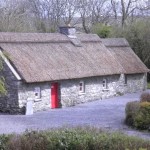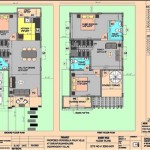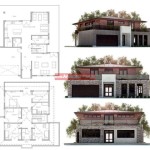Essential Aspects of The Little House By Virginia Lee Burton Lesson Plans
Virginia Lee Burton's "The Little House" is a beloved children's book that explores themes of growth, change, and the resilience of the human spirit. This timeless classic provides an excellent foundation for engaging and meaningful lesson plans in English Language Arts.
Key Themes and Concepts:
- Growth and Change: The book vividly depicts the changing landscape around the little house, from a bustling neighborhood to a quiet countryside and eventually back to a thriving community.
- Resilience: Despite facing numerous challenges, the little house endures through time, demonstrating the strength and adaptability of structures and individuals.
- Perspective: The story is told from the house's perspective, offering a unique viewpoint on the passage of time and the events that shape our lives.
- Connection to Place: The little house's strong connection to its surroundings reflects the importance of place and community in human experience.
Objectives for Lesson Plans:
- Students will analyze the themes of growth, change, resilience, and perspective in "The Little House."
- Students will develop an appreciation for the literary elements of a well-crafted narrative.
- Students will explore the connections between place and identity.
- Students will practice critical thinking, inferencing, and textual analysis skills.
Lesson Plan Activities:
- Story Sequencing: Students can create a visual representation of the story's events, highlighting key moments of growth and change.
- Character Interview: Assign students to interview the little house as a character, exploring its thoughts and experiences.
- Sensory Scavenger Hunt: Encourage students to identify and describe the sensory details used in the book to create vivid imagery.
- Comparative Analysis: Have students compare the little house to other structures in the book and discuss how their different features and functions reflect changing times.
- Collaborative Writing: Assign students to write a letter from the perspective of the little house, reflecting on its journey over time.
Assessment and Evaluation:
- Class Discussions: Observe students' participation and understanding during discussions on themes and literary elements.
- Written Responses: Assess students' comprehension and analytical skills through written assignments such as essays, character sketches, or comparative analyses.
- Creative Projects: Evaluate students' ability to connect with the story through creative projects like artwork, poems, or dioramas.
By incorporating these essential aspects into lesson plans for "The Little House," educators can foster a deep understanding of narrative techniques, stimulate critical thinking, and cultivate a love for literature in their students.

The Little House Rif Org

Kindergarten Readygen Unit 2 The Little House Units Reading Activities

The Little House Unit Study Lapbook Homeschool Share

The Little House Book Craft Creative Family Fun

The Little House Rif Org

And Here Is Our Last Little House Ilration For The Day You Can See 28 Original Watercolors As Boarders Frames Virginia Lee Burton Print

1st Grade Reading Lesson Plans 9781615382644 Book Com

27 Vintage Books Every Child Should Read No Time For Flash Cards

Kindergarten Free Charlotte Mason Inspired Homeschool Curriculum Old Fashioned Education

Caldecott Medal Winner Virginia Lee Burton Was Born On This Day In 1909 Read Write Think








